BLOG
Categories
When to Seek In-Home Support for Your Adoptive Family: Key Indicators and Benefits
Understanding the Adoption Process
The adoption process involves many steps and can differ from fostering in important ways. Legal aspects define each step, and extended family members often play a crucial role in providing support.
Distinguishing Between Adoption and Foster Care
Adoption and foster care are two distinct forms of caring for children.
Adoption involves transferring all parental rights and responsibilities to you permanently. You become the child's legal parent, and the child becomes a permanent part of your family with the same rights as a biological child.
Foster care, on the other hand, is typically temporary. You become a guardian but not a legal parent. The goal of foster care is often reunification with the child's biological family, although it can also lead to adoption if reunification is not possible.
Legal Framework of Adoptive and Foster Care Systems
The legal structure of adoption involves several steps, including a home study, which assesses your ability to care for a child, and legal proceedings where you gain permanent legal custody.
In foster care, you are typically licensed by the state, and you must comply with regulations governing the care of foster children.
Unlike adoption, legal guardianship in foster care does not transfer parental rights but allows you to care for the child temporarily.
Role of Extended Family Members in Support
Extended family members can play a significant role in supporting both adoption and foster care processes. They often provide emotional and practical assistance, helping with child care, offering advice, or even participating in family gatherings to help the child feel more integrated.
Their involvement can make a significant difference in the transition and adjustment periods.
Examples include helping with transportation, assisting during home visits, and creating a welcoming environment for the child.
Identifying the Need for In-Home Support
Adoptive families often face unique challenges that can require extra support. Recognizing when in-home assistance is needed can improve stability and strengthen family bonds.
Assessing Challenges in Adoptions
Adoptive families might experience struggles specific to their situation. These can include behavioral issues with children adjusting to a new home or trauma from past experiences.
Identifying these challenges early is crucial. Pay attention to signs such as continuous emotional distress or difficulties in building trust.
A key step is honest communication within the family.
Discussing concerns openly can help identify recurring issues.
Professional guidance, like counseling, can provide a better understanding of the child's needs and help develop effective strategies to tackle these challenges.
Impact of Primary Care in Adoptive Families
Primary care is vital in supporting adoptive families. Regular visits to healthcare providers ensure the health needs of adopted children are met. This care can address both physical and emotional well-being.
A close relationship with a primary care provider ensures timely intervention when problems arise.
They can refer you to specialized services or recommend in-home support if additional care is necessary.
For families, consistent primary care reinforces a nurturing environment, fostering better adjustment and growth for the child.
Understanding the impact and availability of these resources aids in maintaining a stable and healthy family life.
Exploring Support Networks and Resources
Seeking support networks and resources can make a significant difference for adoptive and foster families. These resources provide emotional support, advice, and connections to others who understand your experiences.
Support Groups for Adoptive and Foster Families
Joining a support group can be beneficial for adoptive and foster families. Support groups can offer a safe space to share experiences, challenges, and successes.
You might find groups focusing on specific topics like adopting children with special needs or those who have been through trauma.
Connecting with others who have similar experiences can be reassuring.
Many groups also offer practical advice, such as navigating the foster care system or understanding adoption laws. Check local directories or search online to find groups near you.
Community and Faith-Based Assistance
Community resources and faith-based organizations often provide help to adoptive and foster families.
Many churches and community centers offer programs and activities that create a sense of belonging and understanding.
These may include workshops, counseling, and social events.
Faith-based organizations can offer both spiritual and practical support.
Some assist with material needs like clothing or school supplies.
Reach out to local organizations to see what programs are offered. They often aim to build strong networks within the community.
Government and Private Aid Programs
Government programs can offer financial assistance and services for your family.
These may include tax credits, subsidies, or access to health care for adopted or foster children.
It’s important to understand what support you’re eligible for and how to apply for it.
Private organizations can also support adoptive and foster families with grants or scholarships.
Look for foundations that focus on child welfare.
These programs can help ease financial strain and connect you with additional resources.
Researching both public and private options can uncover many opportunities for assistance.
Deciding When to Seek External Help

Adoptive families often face unique challenges, and recognizing when to seek external support can be crucial. Key factors include assessing family dynamics and identifying signs that may need professional intervention. Understanding these can help you make informed decisions.
Evaluating Family Dynamics and Needs
Assessing your family dynamics is essential. Each family member might experience adoption differently.
It's important to consider how adoption affects relationships in your home. Are there any noticeable shifts in behavior or mood?
Meeting each member's needs is crucial. You may notice difficulties in communication or emotional disconnects.
Identifying these can guide you in determining if additional support is necessary.
Keeping open communication within your family is vital. This will help you address concerns promptly.
Understanding the Signs for Professional Intervention
Certain signs may indicate the need for professional intervention.
If your child struggles with severe emotional or behavioral issues, seeking help is a good step.
Professional support can offer strategies and methods to handle these challenges effectively.
Feeling overwhelmed or unable to cope with daily tasks is another sign. Support groups or counseling may relieve stress and provide guidance.
Recognizing these signs can guide you in seeking the right kind of support for your family.
Frequently Asked Questions

In-home support can greatly benefit adoptive families by providing specialized help and enhancing family stability. It's important to know when to seek these services and what options are available to support your specific needs.
How can in-home support services benefit an adoptive family?
In-home support services offer help with daily routines, provide counseling, and assist in managing any challenges involved in adoption.
These services can strengthen family relationships and create a stable and supportive home environment.
What are the signs that an adoptive family may need additional in-home support?
Signs may include ongoing stress, difficulty in adjusting to new family dynamics, or behavioral issues that persist despite other interventions.
Families may notice feelings of being overwhelmed or find that their usual coping mechanisms aren't effective.
What types of in-home support are available for adoptive families?
Available supports include therapeutic services, parenting coaching, and respite care.
These services cater to various needs and can be tailored to address emotional, behavioral, and developmental challenges in adoptees.
At what point in the adoption process should a family consider in-home support?
Families can consider in-home support during any stage of the adoption process, especially if challenges arise early in the transition. Support is beneficial both before and after adoption to ensure a smooth adjustment.
How does permanency planning affect the need for in-home support with adoptive families?
Permanency planning focuses on creating a lasting family dynamic.
In-home support helps implement plans effectively by addressing challenges and ensuring the family environment is conducive to permanency.
What resources can adoptive families access for in-home support?
Adoptive families can access resources through local agencies, non-profit organizations, and community mental health services.
Support groups and online resources also provide valuable information and assistance to families in need.
RECENT POSTS
Bringing and keeping families together!










